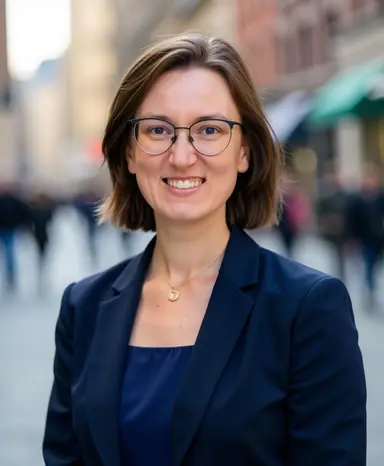Die Bewerbungsfrist für diese Förderlinie ist abgelaufen. Wir nehmen keine weiteren Anträge an.
Erwünschte Wirkung
Bei der Entdeckung, Synthese und Analyse von 3D-Materialien mit Quanten-Geometrie-Effekten soll der Grundstein gelegt sein, um in den nächsten 10 Jahren Supraleitung bei Raumtemperatur zu entwickeln.
Hintergrund
Supraleiter übertragen Strom ohne Widerstand, aber funktionieren bisher lediglich bei sehr kalten Temperaturen. Materialien, die nahe Raumtemperatur supraleiten, würden wesentliche Vorteile für die Nachhaltigkeit unserer hochtechnisierten Welt bringen. Strom ließe sich verlustfrei transportieren, wodurch sich die Betriebskosten für energieintensive Anlagen, wie Magnetressonanztomographen oder Rechenzentren drastisch reduzieren ließen. Das könnte zukunftsweisend für klimafreundliche Entwicklungen sein. Es ist jedoch unklar, welche Materialien bei Raumtemperatur supraleitend sein könnten.
Ein vielversprechender Ansatz sind 3D Quanten-Geometrie-Effekte. Sie eröffnen ein aufstrebendes Gebiet in der Festkörperphysik, das eines Tages die Entwicklung spezieller supraleitender Materialien ermöglichen könnte. Fortschritte durch maschinelles Lernen in den Materialwissenschaften bringen ihre Entdeckung und Synthese in erreichbare Nähe [s. z. B. Törmä et al. 2023]. So lassen sich eine Vielzahl von Materialien theoretisch simulieren sowie aussichtsreiche Kandidaten identifizieren. Diese könnten im Labor synthetisiert und auf ihre Supraleitungsfähigkeit getestet werden.
Um dieses risikoreiche Vorhaben umzusetzen, bedarf es vielfältiger Expertise, die nur in einem interdisziplinären Netzwerk aus Forschenden zusammenkommen kann. Zusammen mit der Kavli Foundation suchen wir aus diesem Grund Forschende aus den Fachrichtungen Physik, Mathematik, Informatik und Chemie mit entsprechender Expertise in 3D Quantengeometrie, Supraleitern und Maschinellem Lernen.

